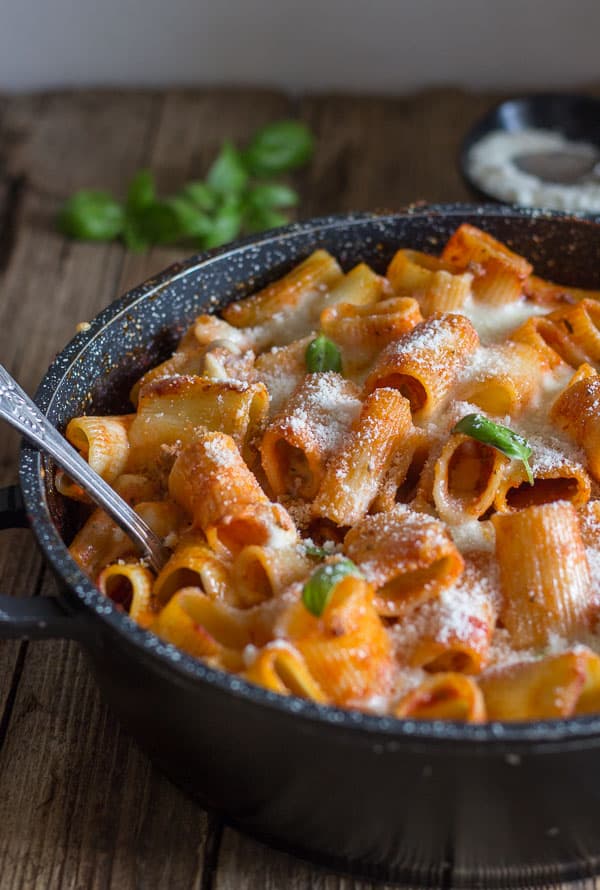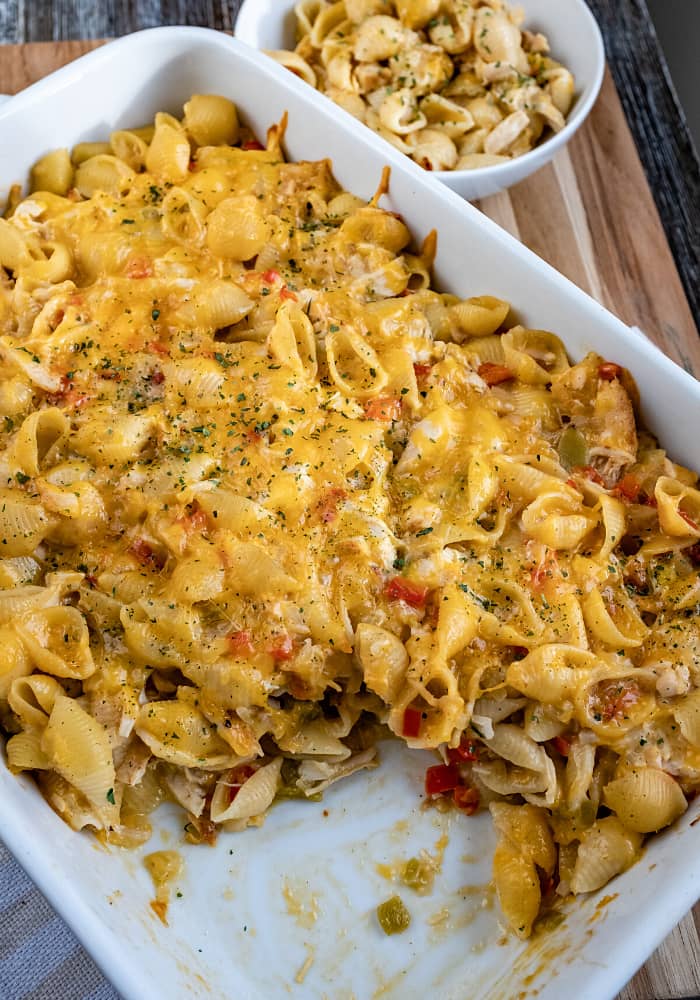


This was the scientific basis-confirmed by experience-that fostered the habit of cooking pasta in water, or in broth, or milk, to rehydrate a dehydrated product. The first field of application for this rule was cooking, both in the choice of combinations (putting together ingredients with opposing qualities) and in cooking practices: roast moist ingredients to dry them boil dry products to moisten them.

Contraria contrariis curantur, “opposites cure opposites” was the basic rule. A fundamental principle of the medical culture inaugurated by Hippocrates of Kos in the V-IV centuries BCE-and which was later dubbed “Galenic” because it was refined in the II century by Galen of Pergamon-was that of looking for the point of equilibrium in which opposites compensate for or correct each other. We find it in texts on dietetics, which for millennia have recommended “tempering” the qualities of foods, by balancing and adjusting the opposites on the two fundamental axes of hot/cold and dry/moist, the qualities that ancient Greek science had indicated as the constitutive elements of the universe and all things in it. But this empirical explanation is accompanied by a different one, of a theoretical nature. By trying and trying again, you finally figure out what works better and what worse.
#CHESSY PASTA TRIAL#
You might think it was just trial and error. Boiled, sure, but also fried, steamed, baked, sautéed… Who decided and when that the best way was to boil it in a liquid? And that the liquid could be simple salted water (or possibly, and more appetizingly, broth)? But we have already seen that there were centuries of uncertainty regarding the way to cook pasta. Gestures and ideas tied to different cultures, historically distant from the tradition of pasta? Perhaps. They explained to me, instead, that they were thinking of water for boiling pasta (not coincidentally, they had put salt in second place, which should have clued me in).Īctually, this gesture is not automatically tied to cooking pasta, especially if you buy it already cooked or frozen, in which case your instrument becomes a frying pan or the oven, preferably a microwave. Right then and there, I thought they meant mineral water or bottled water, of which Italians are some of the world’s greatest consumers. Some time ago, some American university students, whom I had asked to indicate what products they perceived as “typically” Italian, allotted first place to water. Top with basil, plenty of black pepper, and more red-pepper flakes, if you like.Translated from the Italian by Gregory Contiīoiling pasta in a pot of salted water is an operation that to a lot of people seems obvious, but in the history of cooking there is very little that is obvious, or maybe nothing. (If you’d like a more deeply browned topping, run the pan under the broiler for 1 or 2 minutes.) Remove from oven and let cool slightly before serving. Bake until pasta is tender when poked with a fork, and cheese is bubbly and lightly golden, 18 to 22 minutes. Sprinkle with Parmesan, then transfer to oven.


 0 kommentar(er)
0 kommentar(er)
